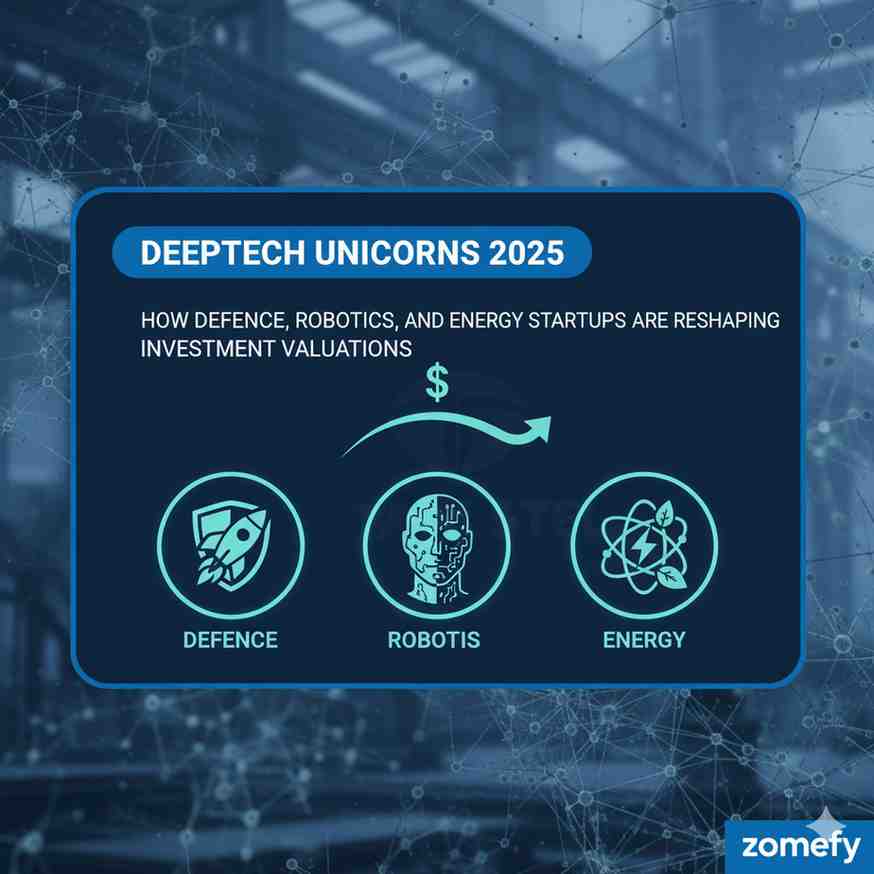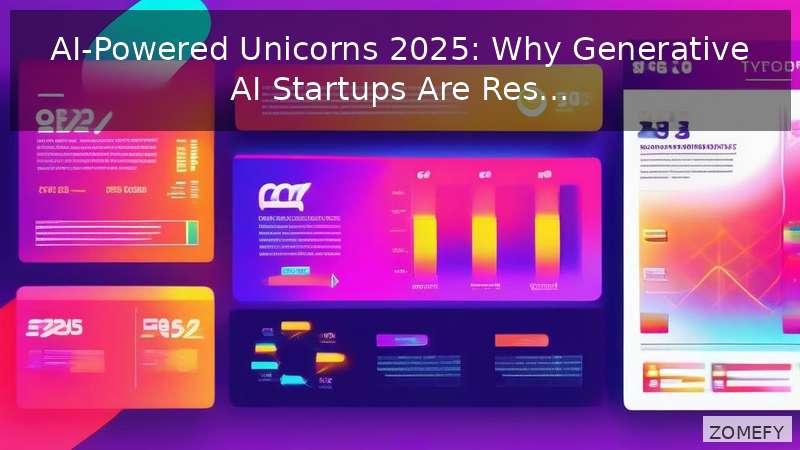The Rise of Digital-Only Banking: How Fintechs are Changing Consumer Finance
Explore the rise of digital-only banking and how fintechs are transforming consumer finance with innovative features, security, and user experience.
The Rise of Digital-Only Banking: How Fintechs are Changing Consumer Finance
What You Can Do Next
- Read the full article for complete insights
- Save for later reference
- Share with others learning about this topic
Image not available
Digital-only banking has emerged as one of the most transformative trends in financial services, fundamentally reshaping how consumers interact with their money. These branchless financial institutions, powered by cutting-edge technology and user-centric design, are challenging traditional banking models and setting new standards for customer experience. As we navigate through 2025, the digital banking revolution continues to accelerate, driven by changing consumer expectations, regulatory support, and technological innovation. This comprehensive analysis explores the current state of digital-only banking, its impact on traditional financial services, key innovations, and the future landscape of consumer finance.
The Digital Banking Revolution: Current Market Landscape
Digital-only banks, also known as neobanks or challenger banks, have experienced explosive growth over the past decade. These institutions operate entirely online, without physical branches, leveraging technology to provide superior customer experiences at lower costs.
Technology Stack and Infrastructure
Digital banks rely on cloud-native architectures, microservices, and API-first designs. Key technologies include mobile-first applications, real-time payment systems, AI-powered customer service, and blockchain-based security measures.
Regulatory Framework and Compliance
Digital banks operate under various regulatory frameworks, from full banking licenses to partnership models with traditional banks. Regulatory sandboxes in many countries have facilitated innovation while ensuring consumer protection.
Key Benefits and Value Propositions
Digital-only banks offer several advantages over traditional banking institutions:
Enhanced User Experience
Digital banks prioritize user experience through intuitive mobile apps, instant account opening, real-time notifications, and 24/7 customer support. The entire banking experience is designed around customer convenience and accessibility.
Lower Costs and Better Rates
Without physical branch networks, digital banks have significantly lower operational costs, allowing them to offer higher interest rates on savings accounts, lower fees, and more competitive loan rates.
Innovative Features and Services
Digital banks often pioneer new features like real-time spending analytics, automated savings tools, instant money transfers, cryptocurrency integration, and personalized financial insights powered by AI and machine learning.
Financial Inclusion
Digital banks are particularly effective at serving underserved populations, including young adults, gig economy workers, and individuals in rural areas who may have limited access to traditional banking services.
Security Innovations in Digital Banking
Security remains a top priority for digital banks, which have implemented cutting-edge security measures:
Biometric Authentication
Advanced biometric security including fingerprint scanning, facial recognition, and voice authentication provide secure and convenient access to banking services.
Real-Time Fraud Detection
AI-powered fraud detection systems analyze transaction patterns in real-time, identifying and preventing fraudulent activities before they can cause significant damage.
Blockchain and Cryptography
Many digital banks leverage blockchain technology for secure transactions, smart contracts, and decentralized identity verification systems.
Zero-Trust Security Architecture
Digital banks implement zero-trust security models, where every access request is verified regardless of location or user credentials, ensuring maximum security.
Challenges and Limitations
Despite their advantages, digital-only banks face several challenges:
Regulatory Compliance
Navigating complex regulatory requirements across different jurisdictions can be challenging for digital banks, particularly those operating in multiple countries.
Customer Trust and Adoption
Building trust among customers who are accustomed to traditional banking can be difficult, especially for older demographics who may prefer face-to-face interactions.
Limited Product Range
Many digital banks focus on basic banking services, limiting their ability to serve customers with complex financial needs that require specialized products and services.
Competition from Traditional Banks
Traditional banks are rapidly digitizing their services and launching their own digital platforms, increasing competition in the digital banking space.
The Future of Digital Banking
The future of digital banking looks promising, with several key trends emerging:
Embedded Finance and Banking-as-a-Service
Digital banks are increasingly offering Banking-as-a-Service (BaaS) solutions, allowing non-financial companies to integrate banking services into their platforms. This embedded finance approach is expanding the reach of digital banking services.
Artificial Intelligence and Personalization
AI will play an increasingly important role in personalizing banking experiences, providing intelligent financial advice, and automating complex financial decisions based on individual customer needs and preferences.
Cryptocurrency and Digital Assets
Many digital banks are integrating cryptocurrency services, allowing customers to buy, sell, and hold digital assets alongside traditional banking services.
Cross-Border Banking
Digital banks are expanding their international presence, offering seamless cross-border banking services and multi-currency accounts for global customers.
Impact on Traditional Banking
The rise of digital-only banking has forced traditional banks to adapt and innovate:
Digital Transformation
Traditional banks are investing heavily in digital transformation, upgrading their technology infrastructure and launching digital-only subsidiaries to compete with neobanks.
Partnership and Collaboration
Many traditional banks are partnering with fintech companies and digital banks to leverage their technology and innovation capabilities while maintaining their regulatory expertise and customer base.
Hybrid Banking Models
Some traditional banks are adopting hybrid models, combining digital convenience with selective physical presence for complex transactions and relationship banking.
Investment Opportunities and Market Outlook
The digital banking sector presents significant investment opportunities:
Venture Capital and Funding
Digital banks continue to attract significant venture capital funding, with many achieving unicorn status. Key investment areas include technology infrastructure, customer acquisition, and international expansion.
Public Markets and IPOs
Several digital banks have gone public or are planning IPOs, providing opportunities for retail investors to participate in the digital banking revolution.
Merger and Acquisition Activity
The digital banking sector is experiencing significant M&A activity, with traditional banks acquiring digital banks and digital banks merging to achieve scale and market presence.
Conclusion
Digital-only banking represents a fundamental shift in how financial services are delivered and consumed. These innovative institutions have demonstrated that technology can create superior customer experiences while reducing costs and expanding access to financial services. As the sector continues to mature, we can expect to see further innovation, consolidation, and integration with traditional banking systems. The future of banking is undoubtedly digital, and institutions that can successfully navigate this transformation will be best positioned to serve the evolving needs of consumers in an increasingly connected world.
To understand how AI is driving this transformation, read our analysis on [AI's role in financial services growth](/financial-insights/ai-finance-growth-opportunities-2025), and explore the broader [tech disruption in India's fintech sector](/financial-insights/ai-fintech-trading-market-intelligence) for additional context on digital banking innovations.
Frequently Asked Questions
Are digital banks safe and secure?
Yes, digital banks are generally safe and secure. They are subject to the same regulatory requirements as traditional banks and often implement more advanced security measures, including biometric authentication, real-time fraud detection, and blockchain-based security systems.
What are the main differences between digital banks and traditional banks?
Digital banks operate entirely online without physical branches, offer lower fees and higher interest rates, provide innovative features like real-time analytics, and focus on mobile-first user experiences. Traditional banks have physical branches, more complex product offerings, and established customer relationships.
Can digital banks replace traditional banks completely?
While digital banks are growing rapidly, they are unlikely to completely replace traditional banks in the near future. Many customers still value face-to-face interactions for complex financial needs, and traditional banks are rapidly digitizing their services to compete effectively.
What should I consider when choosing a digital bank?
Consider factors such as regulatory compliance and insurance coverage, fees and interest rates, available features and services, customer support quality, security measures, and integration with your existing financial ecosystem.
References
- [1] The Year Ahead in Financial Services: 10 Trends to Watch in 2025 - Freshfields Bruckhaus Deringer. View Source ↗(Accessed: 2025-10-14)
- [2] Financial Trends 2025 - Exploding Topics. View Source ↗(Accessed: 2025-10-14)
- [3] Top 5 Financial Trends for 2025 - Alexa Translations. View Source ↗(Accessed: 2025-10-14)
- [4] Finance Trends 2025 - Admiral Markets. View Source ↗(Accessed: 2025-10-14)
- [5] Financial Services Top Trends 2025 - Capgemini. View Source ↗(Accessed: 2025-10-14)
Continue Your Investment Journey
Discover more insights that match your interests

Adani Enterprises Stock Analysis 2025: Strategic Diversification Play & Q3 Earnings Beat Amid Infrastructure Push
Adani Enterprises Limited (NSE: ADANIENT) has emerged as a compelling diversification play within India's infrastructure and emerging technology sectors, despite reporting a sharp 96.

Deeptech Unicorns 2025: How Defence, Robotics, and Energy Startups Are Reshaping Investment Valuations
India's startup ecosystem is undergoing a profound transformation, with deep tech—encompassing defence, robotics, and energy—emerging as a key driver of innovation and investment.

Best Large Cap Mutual Funds 2025: 10-Year Performance Analysis
Comprehensive analysis of top large cap funds with risk-adjusted returns vs benchmark beating performance. Compare ICICI Pru Bluechip vs Axis Bluechip vs Mirae Asset Large Cap.

AI-Powered Unicorns 2025: Why Generative AI Startups Are Reshaping Valuations
The Indian startup ecosystem is witnessing a seismic shift, driven by the rapid rise of generative artificial intelligence (AI) startups.
Explore More Insights
Continue your financial education journey
